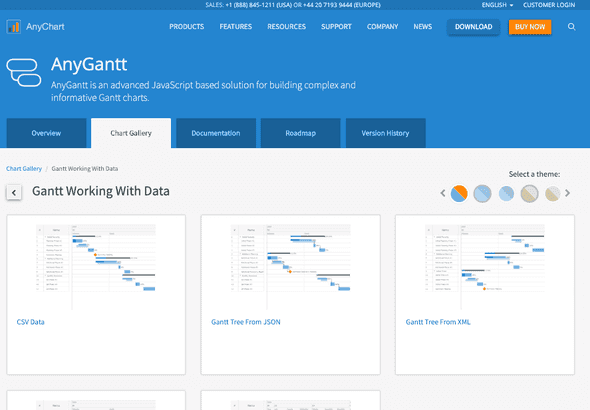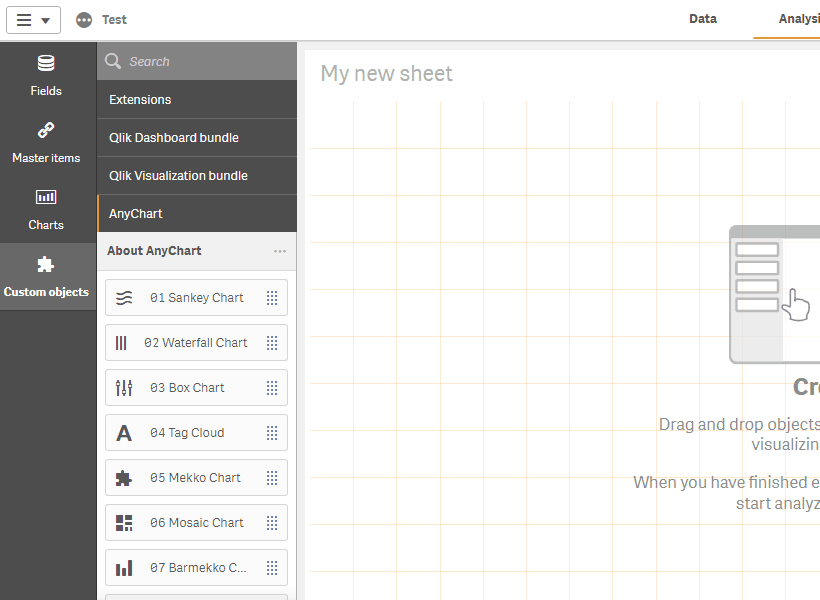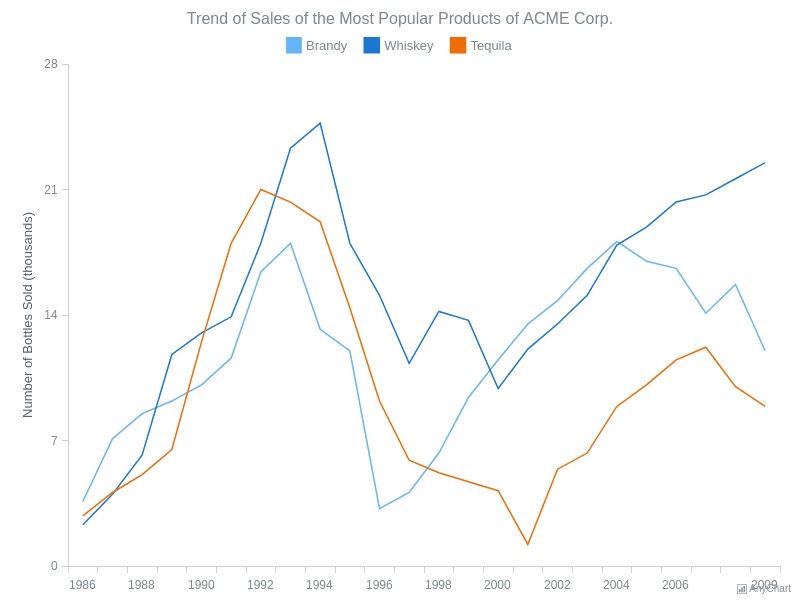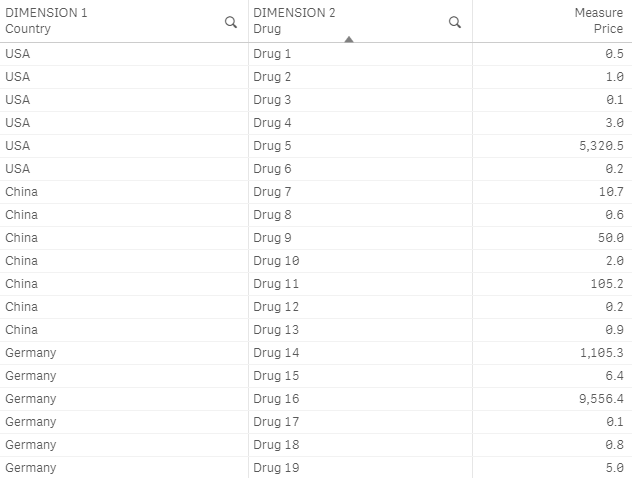
- #Anychart getting set data how to#
- #Anychart getting set data code#
- #Anychart getting set data series#
For the most of us, pie charts look like real pies or pizzas cut into several slices. Mathematically speaking it looks like a circle divided into sectors which represent a part of a whole. Pie chart is one of the most popular chart types. Beware! A hot-button political issue is present in this article.
#Anychart getting set data how to#
To define that field is a custom attribute is_custom_attribute attribute should be set to True.Have you ever wondered, how web developers create and integrate interactive JavaScript pie charts into HTML5 apps and web pages? If the answer is yes – keep on reading! This article explains how to create, change and integrate a pie chart into your web page. The name of the custom attribute is set in name attribute - names should be unique and doesn't be the same with value fields names.


#Anychart getting set data series#
Live sample below two data CSV sets with different data, and two series that use own set:Īs XML shows columns number 0 and 4 are used to set data, and all other columns are used as custom attributes. So the task is to define the data sets and map them in a right way. You can solve this problems using multiple data sets.Īs it is said above - when you map series you define a certain data set. Sometimes different series within one plot can have unsynchronized data and you can't use the same CSV data table. X, high, low, open, close, name(optional) Name(optional), x, y, size, link(optional) Please refer to the table below that lists specific fields names for different plot types and series, with the fields keywords to be used for mapping:ĬategorizedHorizontalBySeries Series Type Please take a look at the live sample of using one data set in CSV format and three data series, that get the same data for names ( name="name")and different column for values ( name="y"): Syntax is the following:, where column - is the index of the column in CSV table (indexing start from zero), and name - is the name of XML attribute that will use this column data as the source. Mapping is set via listing nodes in node. So series can use any defined data set, you should set its name in data_set attribute: in XML sample above.Īfter the data source is defined you should map fields for the series. XML Sample below shows CSV data with semicolon " " used as the columns separator, and Carriage Return with Line Feed "\r\n" used to separate rows:Īs you can see when CSV data is used data_source attribute should be set to "CSV" - if you don't set mapping info is ignored and series is treated as regular XML.Īll mapping data is set in nod. For example "\"a,b,c\"" allows you to get "a,b,c" string as the value.īy default An圜hart treats "," as the columns separator, and new line "\n" a as rows separator, if you'd like to use another separators - you need to define the explicitly using rows_separator and columns_separator attributes in node.
#Anychart getting set data code#
CSV often contains column names in the fist row - An圜hart doesn't accept this - can contain only data rows.Īn圜hart use double quotes " (ASCII code 34) to enclose the strings that contain separator symbols, if you need to use double quote in the field value you should escape it with reverse slash. The data itself is contained in node.īelow you can see how one should define a single CSV data set in XML: The data set is described in node, name attribute is the unique identifier used to map series to the set. These data sets are defined in, subnode of node.


The idea of working with CSV data is in adding the data sets themselves and mapping these data sets to regular An圜hart data series.Īn圜hart can use several CSV data blocks, we call them data sets. Using CSV allows to make data file smaller for each point description contains only data and fields separators and nothing more. If you have no need to configure each point individually you can use CSV data input to make data file smaller and decrease loading time. At the same time XML can create pretty large, when data set includes thousands of points. This format gives the vary flexible way of controlling any settings of every point on the chart.


 0 kommentar(er)
0 kommentar(er)
